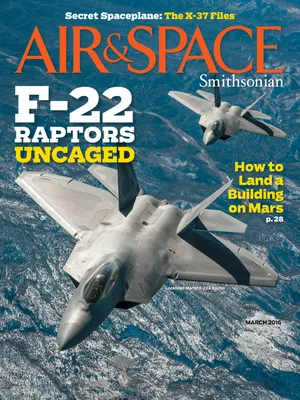Bob Gilruth, the Quiet Force Behind Apollo
How a research engineer came to lead NASA to the moon.
/https://tf-cmsv2-smithsonianmag-media.s3.amazonaws.com/filer/17/8f/178f1bdd-c872-4d6c-bf05-d13e19c594bd/13a_fm2016_atpodium1968_mh_live-web-resize.jpg)
On February 23, 1962, three days after becoming the first American to orbit the Earth, John Glenn stood in the Florida sunshine, about to get a medal from President John F. Kennedy. But first, Kennedy had one for the man who had sent Glenn into space, the director of Project Mercury, a modest, balding engineer named Robert Gilruth. After pinning the NASA Distinguished Service Medal on Gilruth’s jacket, Kennedy motioned him to a microphone. There, bathed in the spotlight of national recognition, Gilruth seemed to want nothing more than to leave it. For a few seconds, he spoke haltingly of his pride in Glenn and the Mercury team. Then he ended abruptly with “I just can’t say any more right now.”
The moment was characteristic of a man whose contributions to the U.S. space program far outweighed the attention he received. Unlike his famous contemporary, Wernher von Braun, Gilruth’s achievements never landed him on the cover of Time. And yet, from NASA’s creation in 1958 until Gilruth’s retirement in 1973, no one did more to enable the missions of Mercury, Gemini, and Apollo. Well before that, working for NASA’s predecessor, the National Advisory Committee for Aeronautics (NACA), Gilruth made landmark contributions to aeronautics and helped pave the way for the Space Age. Renowned flight director Chris Kraft, one of Gilruth’s closest colleagues, remembered that everyone working on the early manned space program looked up to Gilruth as the leader of that very complex program. “I think you have to say that the man was brilliant, if not a genius,” said Kraft.
Gilruth, however, always seemed to fly under the public’s radar. “In appearance and manner, Mr. Gilruth hardly gives the impression of an adventuresome space pioneer,” said a New York Times profile in 1959. “A monastic frieze of graying hair circles his head. He talks in a monotone and presents a placid, pipe-smoking exterior.” Even to those who worked with him, Gilruth was hardly dynamic. “Sometimes he seemed almost detached from what was going on,” says Gemini and Apollo astronaut Mike Collins. “He was not an easy man to read. He was a quiet man and a private man.”
Born in 1913, Robert Rowe Gilruth grew up in Minnesota fascinated by aviation, and as a teenager in Duluth, he built model airplanes. When he came across an article in the Saturday Evening Post about the NACA’s Langley Memorial Aeronautical Laboratory in Virginia, he saw his future. “I couldn’t believe my eyes that there was a place like that in this country,” he recalled in an oral history recorded at the National Air and Space Museum in 1986.
After graduating from the University of Minnesota in 1935 with a bachelor’s degree in aeronautical engineering, Gilruth stayed on for an additional year to earn a master’s. But Langley Field was always in his mind, and in January 1937, the 23-year-old left Minnesota and arrived at this place of engine laboratories and wind tunnels on the Chesapeake Bay.
Gilruth had expected to be given a job working with the wind tunnels, but in what he later called a lucky break, he was assigned to the flight research section, where he would be working with all kinds of airplanes and the test pilots who flew them. It didn’t take long for Gilruth to make his mark, taking over a project to evaluate the handling qualities of aircraft. Those assessments had always been highly imprecise, Gilruth later recalled: “A pilot would take an airplane up and tell you, ‘Oh, she’s great,’ or ‘It’s too quick on the controls,’ or ‘it’s too sensitive,’ or ‘too sluggish.’ You had to go along with this guy’s sort of seat-of-the-pants opinion, and one pilot would say one thing and another would say another. And they’d have a whole bunch of pilots, and then they’d try to take the center of gravity of opinion.”
Instead, Gilruth flew with Langley’s chief test pilot, Mel Gough, in airplanes outfitted with instruments to measure the force necessary for the pilot to deflect the controls, along with the actual positions of the control surfaces and the resulting accelerations. While Gough flew the airplane through a carefully planned flight profile, Gilruth took notes. Later, by correlating Gough’s subjective comments with data from the test instruments, Gilruth was able to characterize the handling characteristics of a variety of aircraft, from the Piper Cub to the Boeing B-17. In 1941, the results were published as a NACA technical report.
Gilruth was soon confronting a new mystery, which emerged during the early years of World War II. “The NACA really was caught off guard by the war,” Gilruth explained decades later. “They didn’t expect the speeds of airplanes to increase up to the speed of sound.” For the first time, fighter pilots in dives were approaching Mach 1, and were suddenly experiencing control problems that were serious—sometimes fatal.
Gilruth had heard reports that combat pilots in near-supersonic dives sometimes spotted faint shock waves forming on their wings, an indication that air passing over the wings was accelerating through Mach 1. He was inspired to create something he thought of as a flying wind tunnel. Perpendicular to the upper surface of the wing of a P-51 Mustang, Gilruth mounted a small airfoil that could be rotated by a mechanism buried inside the wing. During flight, data on the performance of the airfoil would be recorded at different angles of attack, up through the transonic region.
The old guard at Langley criticized Gilruth’s methods, saying they weren’t completely realistic, but Gilruth defended himself by noting that imperfect data were better than none. “You can imagine how they felt,” he recalled, “sitting there with these big wind tunnels, and some kid puts a little model on top of a wing of an airplane and starts turning out data.” With his so-called wing-flow method Gilruth was able to study a variety of airfoils in transonic flight, and he made a key discovery: Thin wings were able to maintain lift as they passed through Mach 1; thick ones were not. That result, which the NACA kept secret, was fed into the design of the rocket-powered X-1 that enabled Chuck Yeager to break the sound barrier in 1947.
By then Gilruth was pushing even further into realms the wind tunnels couldn’t touch. More than 100 miles north of Langley, on Wallops Island, a place populated by horseflies and what he called “some of the hungriest mosquitoes I have ever seen,” Gilruth led a small group of engineers in experiments with instrumented models that were propelled by solid rockets to ever-higher Mach numbers. The Pilotless Aircraft Research Division—PARD as they were known—validated innovations like the swept wings and movable tail surface of the North American F-86, a supersonic fighter used in the Korean War.
After the development of supersonic wind tunnels in the early 1950s, Gilruth, now Langley’s assistant director, and PARD shifted their focus to hypersonic flight, particularly the intense heating that would be experienced by the nose cones of guided missiles as they reentered the atmosphere. Creating multi-stage rockets with guidance systems to push their models to speeds above Mach 10, tracking them with radar, and receiving real-time telemetry from onboard instruments, PARD was becoming an embryonic space program. Its members included Max Faget and Caldwell Johnson, who would go on to design the Mercury capsule. By 1957, with the group’s rockets reaching suborbital velocities, it seemed natural to think in terms of launching a satellite from Wallops. But though they pushed hard for authorization, “we were not getting to first base with anybody in our organization,” Gilruth recalled.
Everything changed with the orbiting of Sputnik in October 1957, and even more, with the launch of the dog-carrying Sputnik 2 a month later. “This obviously means they’re going to fly a man,” Gilruth thought. “It will be a competition between the United States and Russia on who will get the man in space first.” Within months there was talk of creating a space agency, and Gilruth later recalled, “we [at PARD] were kind of…the key group in spearheading NACA into NASA.”
Gilruth spent the summer of 1958 in Washington, D.C., leading a select group of NACA colleagues to define a plan to put an American in orbit. When NASA began operations in October, it was Gilruth who presented the plan to the new agency’s administrator, Keith Glennan. Years later he would remember Glennan’s response: “Get the hell on with the program.”
Back at Langley, Gilruth set about putting together the organization he named the Space Task Group to make NASA’s man-in-orbit goal a reality. He later recalled the early months of Project Mercury as “the most intensive and dedicated work by a group of people that I have ever experienced.” Beginning with just 45 people, the Space Task Group grew within a couple of years to more than 500. Despite his superb command of the project’s details—Space Task Group member George Low said his boss “knew every nut and bolt” in the Mercury spacecraft—Gilruth did not impose his own ideas on his team.
Dottie Lee, the only female engineer in the group, who recalled her boss as “this beautiful, brilliant man,” witnessed Gilruth in action. “I worked in an office with perhaps seven men, and I’m in my little corner,” Lee recalled in 1999. “[Gilruth] stops at the door, and I can see him. The men are discussing something, trying to solve a problem, and he listens. Then he asks a question, which turned their thinking around and headed them down the right path. And he turned around, with a smile on his face, and walked out…. He didn’t tell them how to do it; he just asked a question…. And I thought, ‘Why can’t everyone be like this man?’ ”
For the seven young pilots chosen as the Original 7 astronauts, Gilruth was more than a boss. Wally Schirra recalled that he was “like a father to us.” Certainly he worried like a father, especially since it was his decision which astronaut would fly each Mercury mission. “I know he died a thousand deaths every time one of those things launched,” Chris Kraft said a few years ago. “But you couldn’t tell it.”
Such anxieties notwithstanding, Gilruth would later profess to have been optimistic from the beginning that Mercury would succeed, since the basic engineering questions had been solved by the time the project began. Looking farther ahead, he wondered whether the space program would continue after Mercury ended. The question evaporated after Alan Shepard became the first American in space on May 5, 1961 (three weeks after Yuri Gagarin became the first human in space). In the weeks that followed, Gilruth saw the impact of Shepard’s flight on John Kennedy: Very soon the president was asking him if NASA could put humans on the moon during the 1960s. Gilruth’s answer: “I didn’t know that we couldn’t do it.”
But when he heard Kennedy stand up before Congress and challenge the nation to land a man on the moon by decade’s end, Gilruth later admitted, “Frankly, I was aghast…. I wasn’t at all sure it could be done.” He even sought advice from his old boss, Langley director Floyd Thompson, who advised making sure the lunar effort was carried out in a manner that would give his team the experience they needed along the way. To that end, Gilruth pushed hard for a program to fill the vast knowledge gap between Mercury and Apollo. “In trying to figure out what we’d have to do in order to do such an ambitious mission, it was obvious to me you wouldn’t just design a lunar vehicle and go directly to the moon,” he said later. “We had to get experience, so we tried to think of something we could do that would bridge the gap between the Mercury program and the Apollo.”
“There is no question that without Bob Gilruth, there would not have been a Mercury, a Gemini, or an Apollo program,” said George Low, a powerful manager in the Apollo program, in a 1969 interview. “Gemini is perhaps the best example. Without Bob to push it in NASA management circles—to insist that we needed to learn how to fly in space in applications more sophisticated than Mercury before attempting to land on the moon—we wouldn’t have had a Gemini.”
By the time NASA formally approved Gemini in late 1961, Gilruth had his hands full getting ready for John Glenn’s orbital mission. Complicating matters, NASA had decided that the Space Task Group would move from Langley to Houston, where they would become the nucleus of the new Manned Spacecraft Center (in 1964 the MSC’s Florida employees transferred to the Kennedy Space Center). Gilruth now had to oversee the design and construction of the facility (“There was nothing there but a field with some cows on it,” he remembered) and hire a vast number of engineers, managers, and staff—all while getting Gemini flying and moving the massive Apollo effort forward.
His only relaxation from the pressure was his lifelong love: sailing. A few years after arriving at Langley, Gilruth and his wife Jean, herself an aeronautical engineer and pilot, had designed and built a hydrofoil sailboat. In Houston, the house they built on a bayou had a 50-foot-long workshop where their newest creation—they called it A.M. for “After Moon”—soon began taking shape. “That was my golf game,” Gilruth said. “If I only had an hour, I could go out there and work on that boat.”
But those respites were few and far between as Gilruth led a workforce of nearly 5,000 people toward Kennedy’s lunar landing. Gemini and Apollo flight director Glynn Lunney, one of a number of 20-somethings who began working in mission control in the early 1960s, says they were all “in awe” of the responsibilities they were given. “I think that’s what motivated the entire group. We felt trusted. And that started with Dr. Gilruth.”
If Gilruth had a weakness, it seems to have been an aversion to confrontation. “He was not very aggressive in protecting his fanny or protecting the Manned Spacecraft Center,” Chris Kraft told a NASA historian in 2008. That may help explain the situation that developed after George Mueller, head of NASA’s Office of Manned Space Flight, sent a brilliant but arrogant engineer named Joe Shea to Houston in 1963 to run the development of the Apollo spacecraft. As Gilruth’s deputy George Low recounted, Shea kept Gilruth at arm’s length, diminishing his influence on the moon program. “In effect,” Low said in 1969, “Mueller’s direct dealings with Shea, and Shea’s direct responses, cut Gilruth and me completely out of all Apollo decisions.” Shortly after the January 1967 fire that killed the Apollo 1 crew on the launch pad, Shea’s tenure ended.
For Gilruth, the fire was “the saddest day I have ever had.” He added, “I don’t think that we’ll ever fully get over the heaviness of heart that that brought.” Wally Schirra remembered that when he took Gilruth out in his sailboat weeks after the fire, “Bob was at the tiller and he just fell asleep. Maybe it was the first chance he’d had to relax, to realize he had to push ahead and forget the tragedy.”
After the fire, Low took over for Shea, leading the redesign of the Apollo spacecraft. “In every major decision I make,” Low told a NASA historian, “I ask myself, ‘Is that the way Bob would make the decision?’ ”
But Gilruth’s thinking wasn’t always in sync with his colleagues. After the first couple of Apollo landings, Gilruth lost his appetite for the risks of lunar voyages, where there was always the chance of leaving astronauts stranded on the moon or in lunar orbit. “There were some people who wanted to keep on flying those things, you know, a lot more of them,” Gilruth said in 1987. “I said ‘Not me, you get another boy…. I’m not going to stay around for it if you’re going to keep doing it.’ ”
Had Gilruth lost his nerve? Actually, his attitude was consistent with the philosophy of spaceflight he’d had all along, which he described in 1975: “You don’t take any risks in this business that you don’t have to take.” He’d been willing to do what was necessary to achieve Kennedy’s objective: landing astronauts on the moon to demonstrate U.S. preeminence in space. Once that goal had been met, in Gilruth’s mind, it was time for NASA to move closer to home, with a space station in Earth orbit.
Gilruth stepped down from his post as director of the Manned Spacecraft Center in early 1972, not because the Apollo missions were still flying but because his wife was very ill (she died later that year). In December 1973, he retired from the agency, but served occasionally as a NASA consultant.
Gilruth had thought about writing a book “about how much fun it is to be an engineer,” to inspire young people to enter the field. “I’ve had an awful lot of fun in my career,” he said in 1972, “doing engineering from hydrofoil boats to moon landing vehicles to airplanes. And now I’ve got an ocean sailer that I’m about ready to launch.” Gilruth and his first wife had talked about sailing around the world, but in the end, he and his second wife, Jo, sailed the 52-foot, multi-hull boat, Outrigger, to Virginia, where Gilruth spent the last decades of his life. He died in 2000, at the age of 86, after suffering for a long period with Alzheimer’s. In addition to his second wife, he was survived by a daughter and a stepson.
“In my mind, he’s the father of manned spaceflight,” Kraft told me in 1989, “and he never gets the credit for it. He was the guy with the right thoughts in his mind, with the right kind of leadership, and had sense enough to get the right kind of people to do the right kind of job, and you can’t say anything better about a man than that.” Unless it’s to say that America wouldn’t have reached the moon without him.
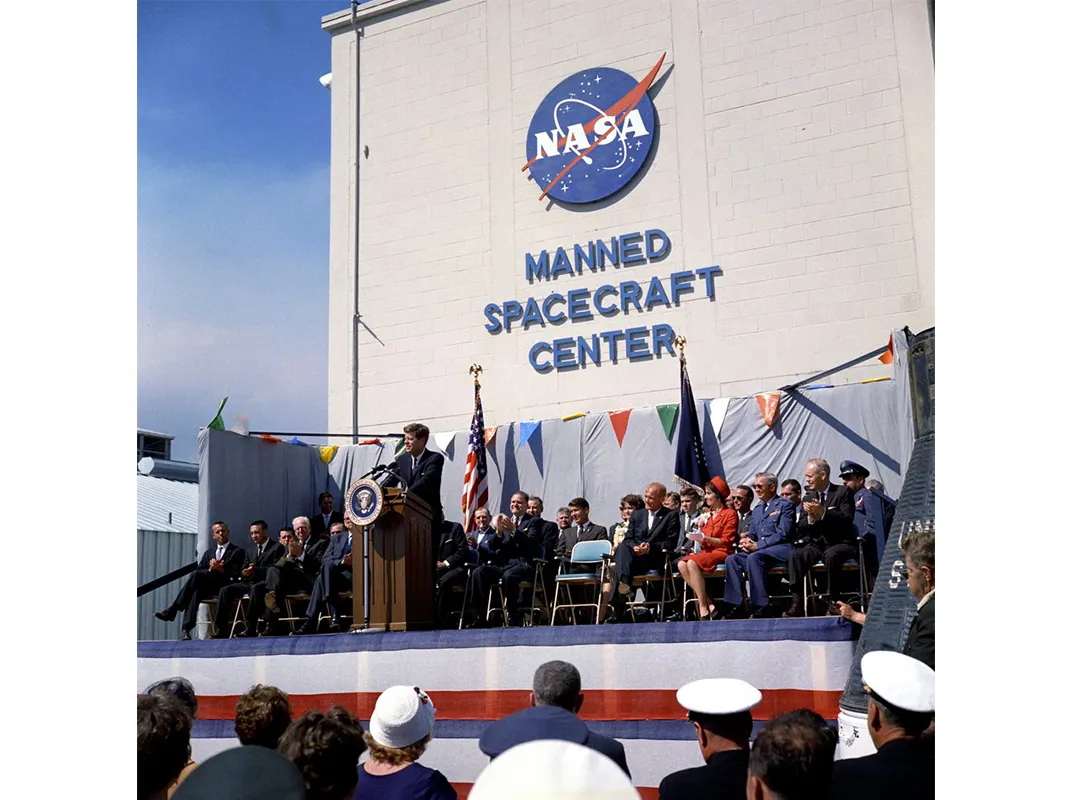
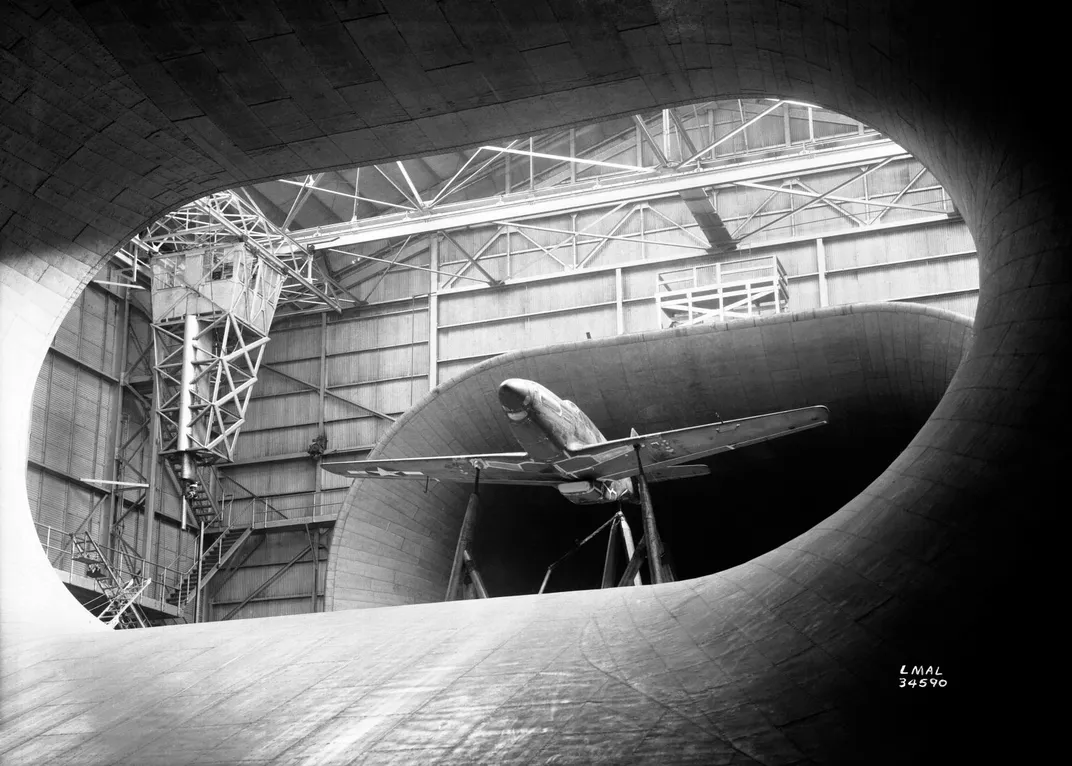
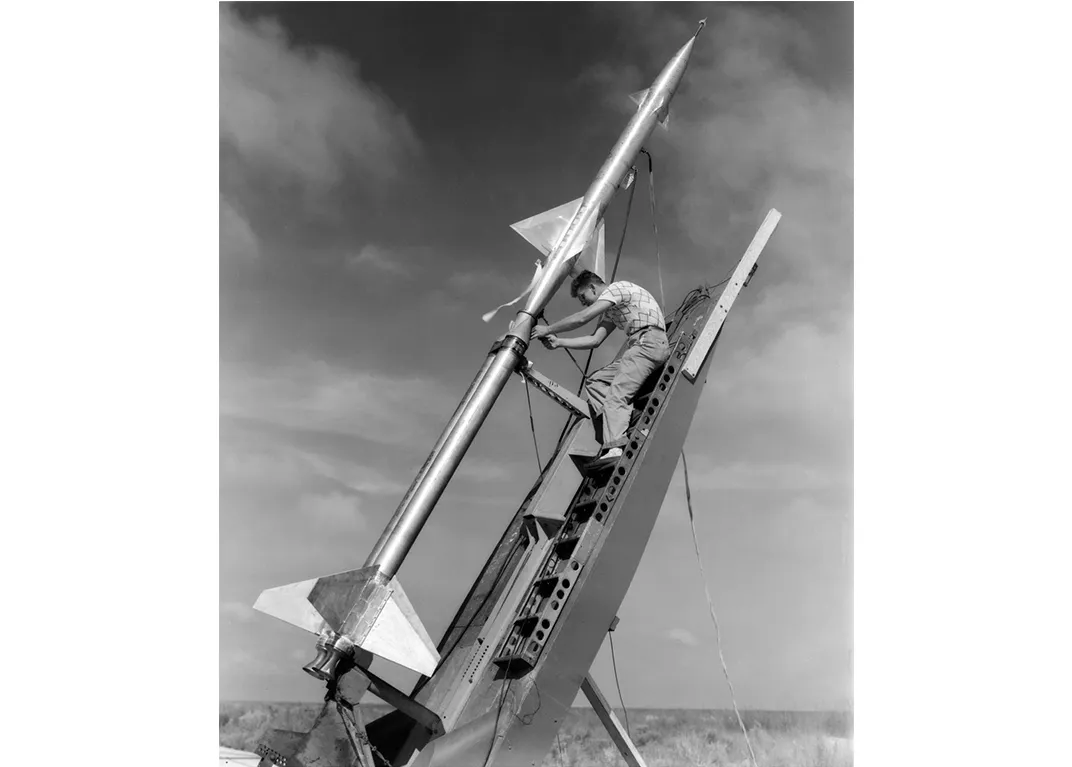
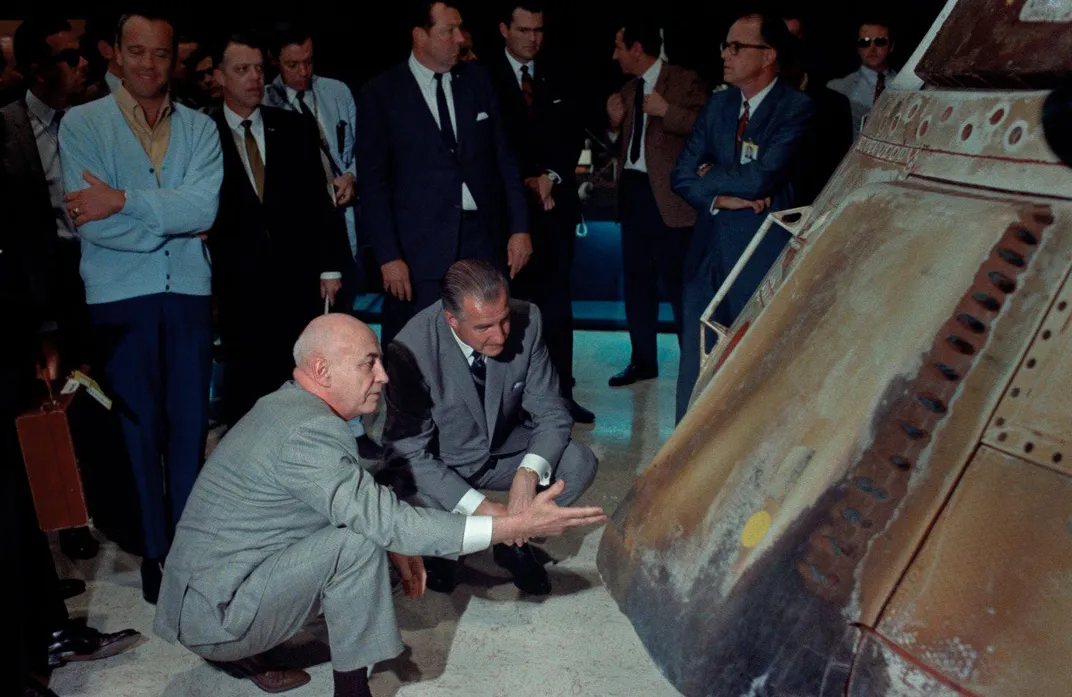
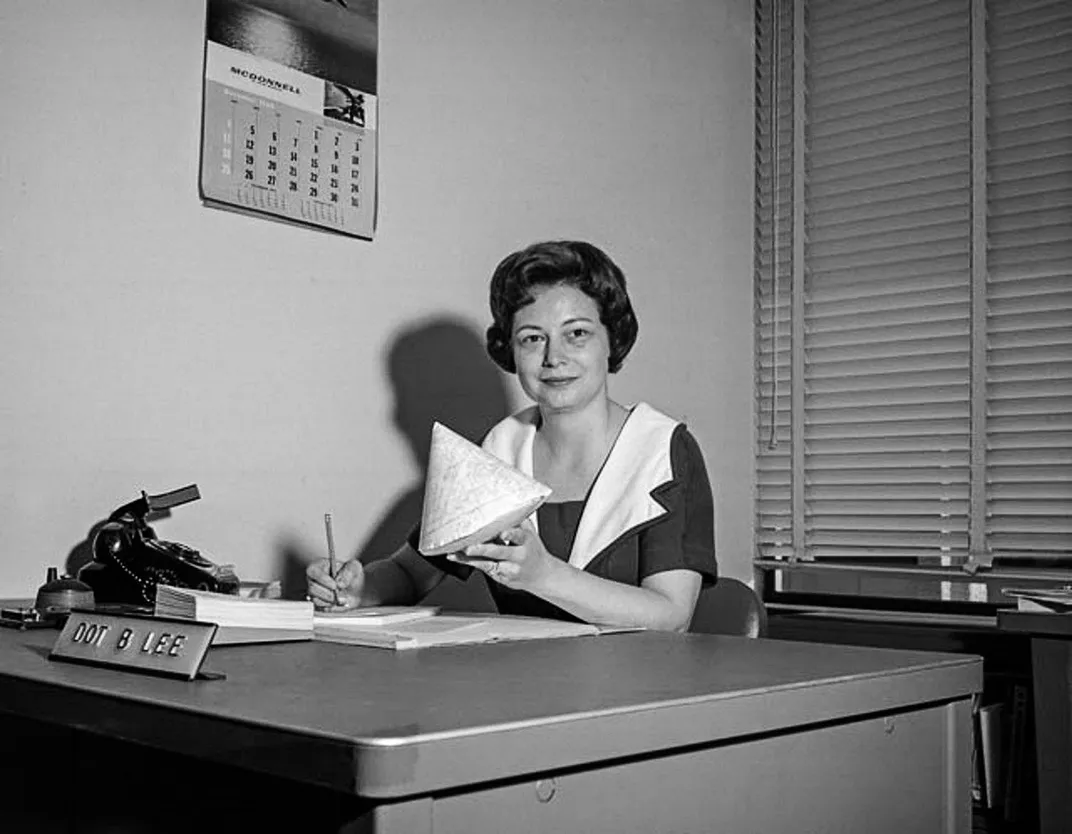
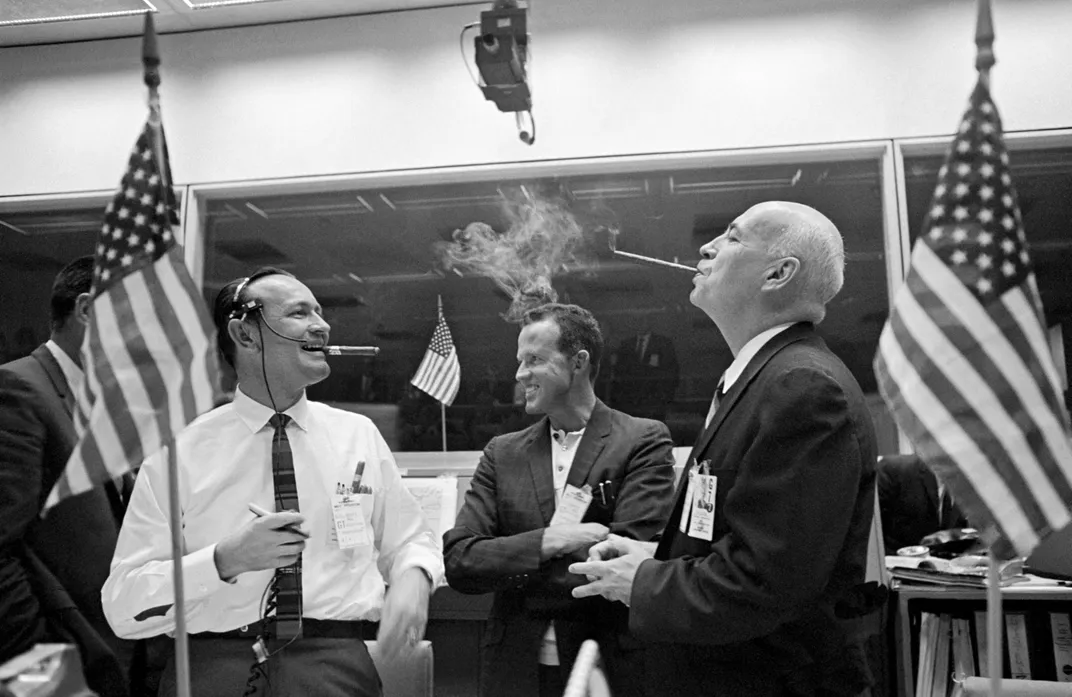
/https://tf-cmsv2-smithsonianmag-media.s3.amazonaws.com/filer/ad/a1/ada147a3-768d-4c48-ad48-1239067b7d40/13j_fm2016_mercurycapsule718323_live.jpg)

